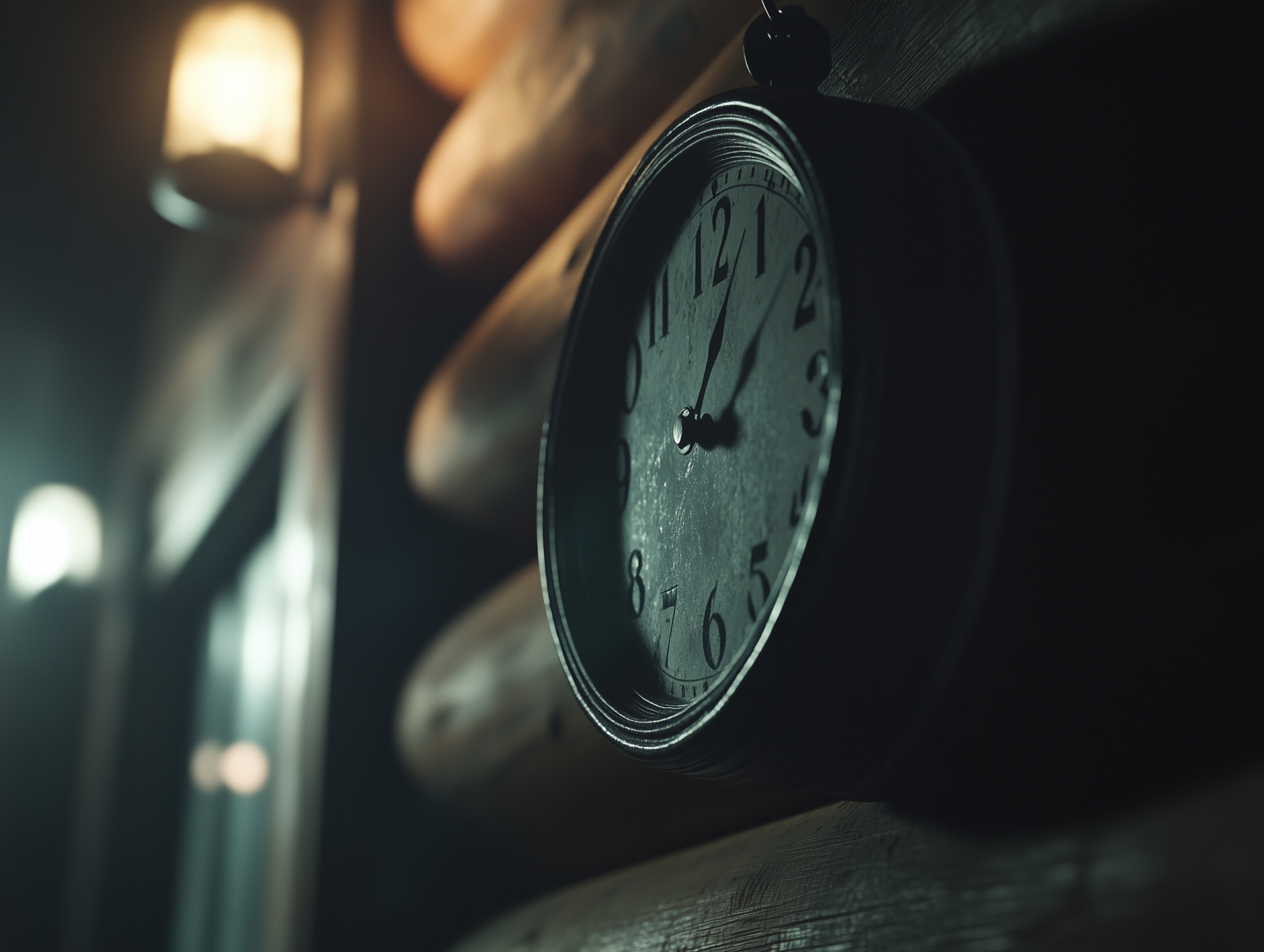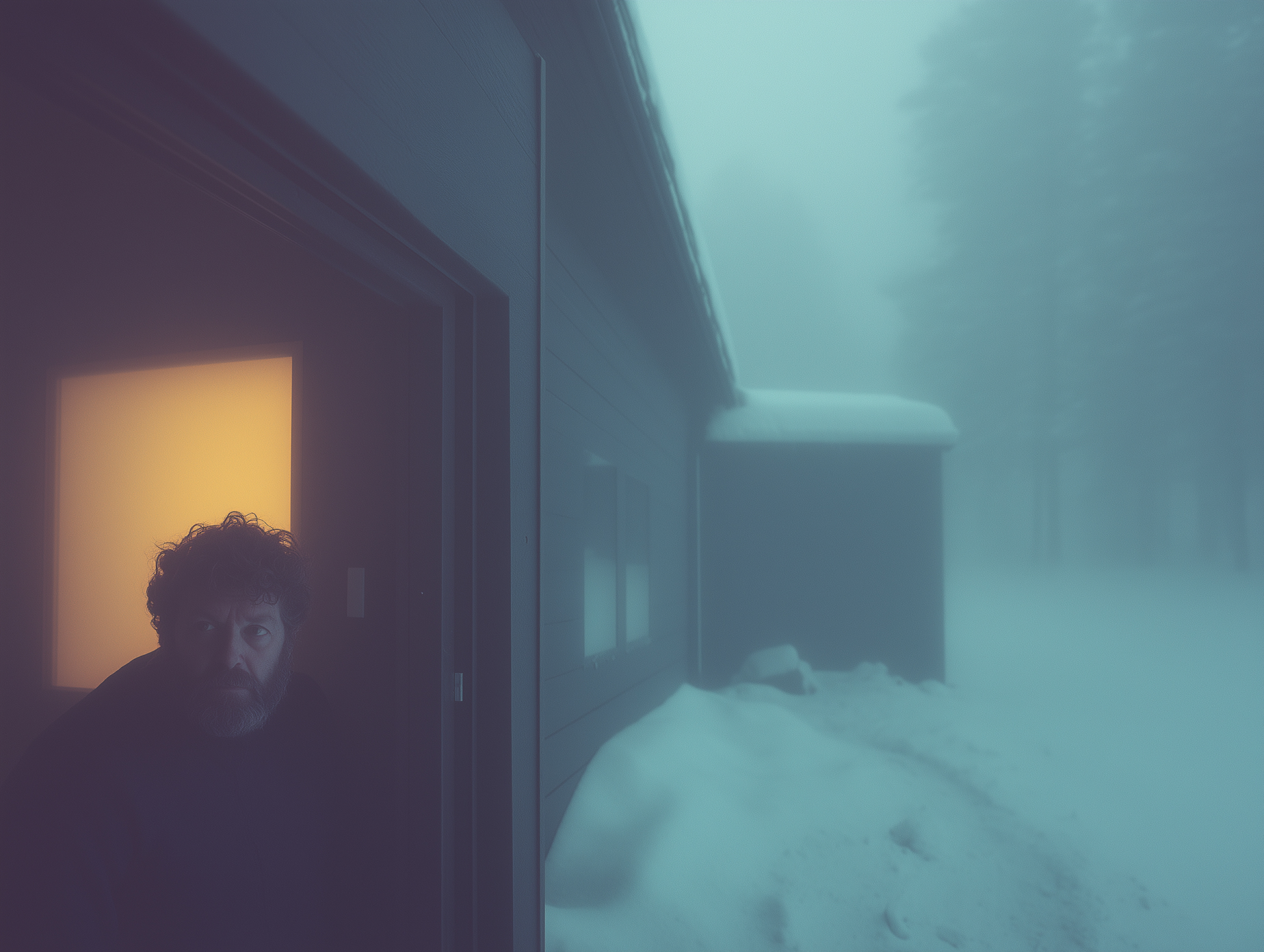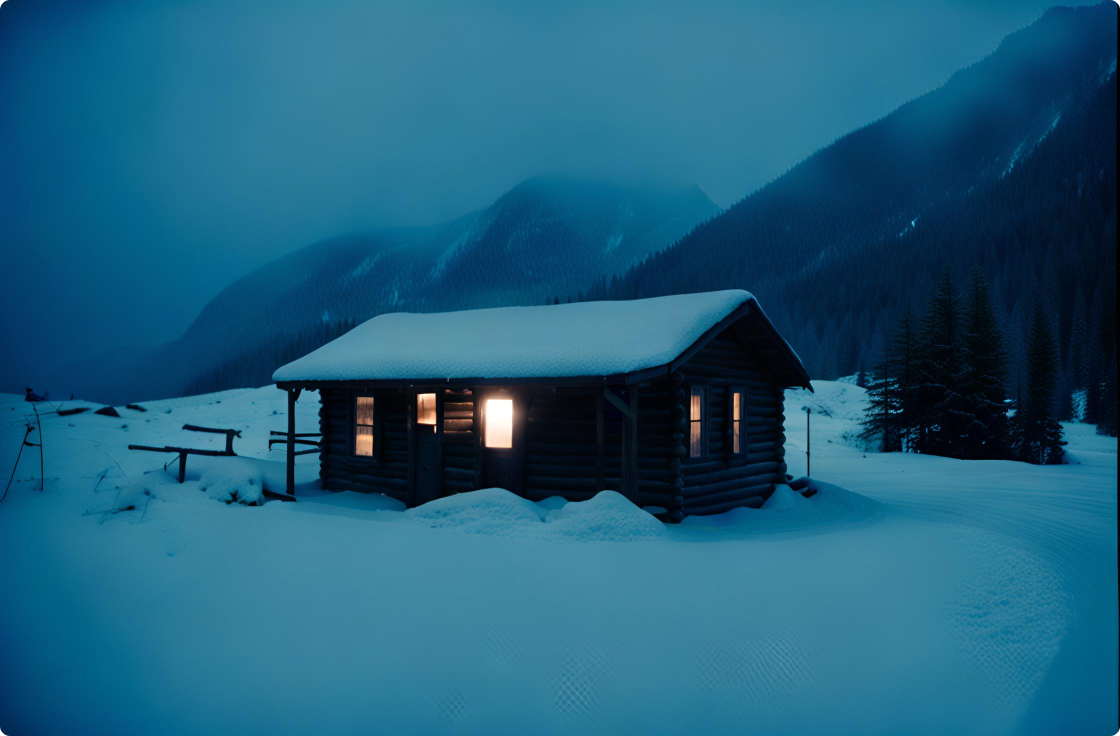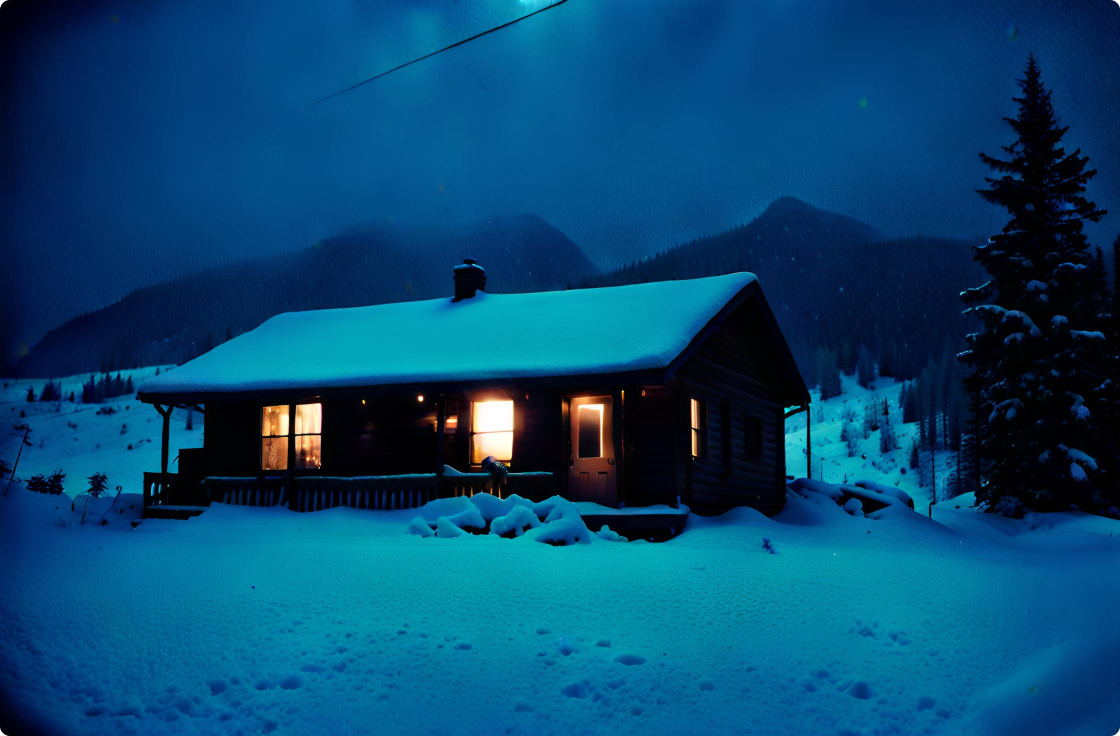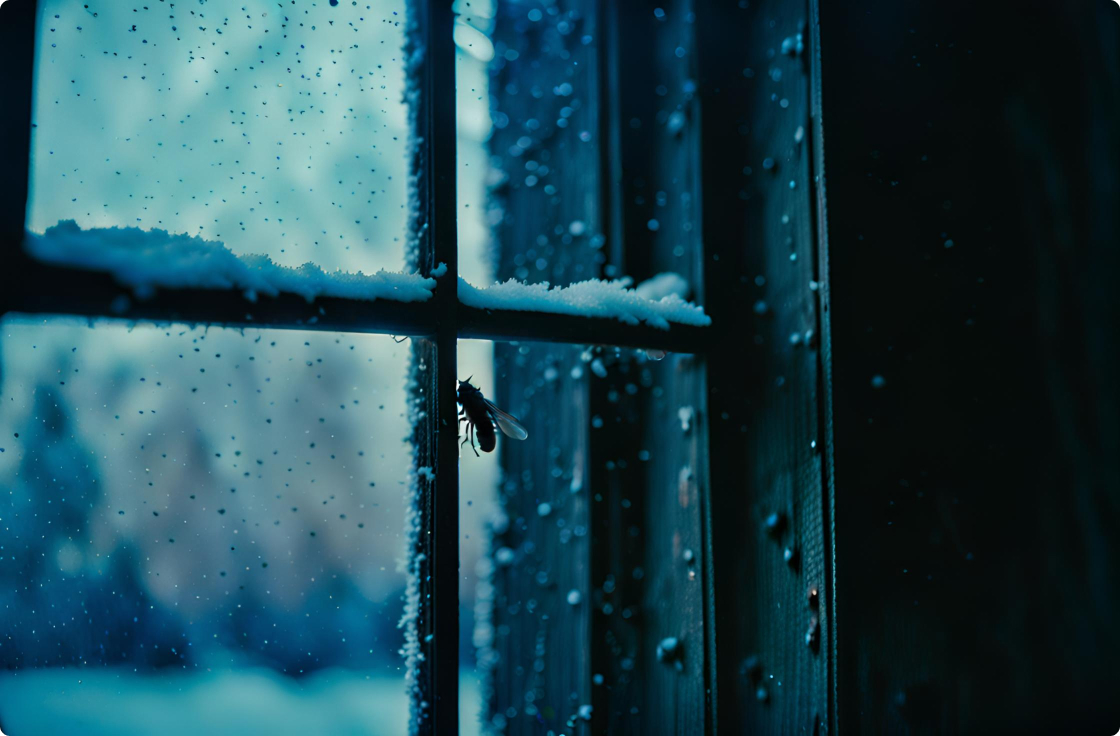DIGCRE:
AI short film
“Woods” is an AI generated short film generated and developed for the course "AI Generated Art & Digital Creativity" at HSLU. All shots are generated using multiple AI models, and put together manually in a video editing software.
0 ––
Behind The Scenes
The creation of "Woods" involved utilizing various AI tools available in January 2025 in Switzerland, such as Midjourney, Luma, Runway, and Hailuo AI for generating moving images, alongside Suno for crafting the soundtrack. The following provides a brief insight into the process behind the film.
1 ––
Generating ideas
The idea of the short film was created with support from ChatGPT. In the initial prompt, a setting in snowy mountains was given. ChatGPT generated five different ideas to this, of which one seemed interesting due to its surreal approach. This idea was then taken as a rough story guideline, while taking visual inspiration from René Margritte's "La reproduction interdite".
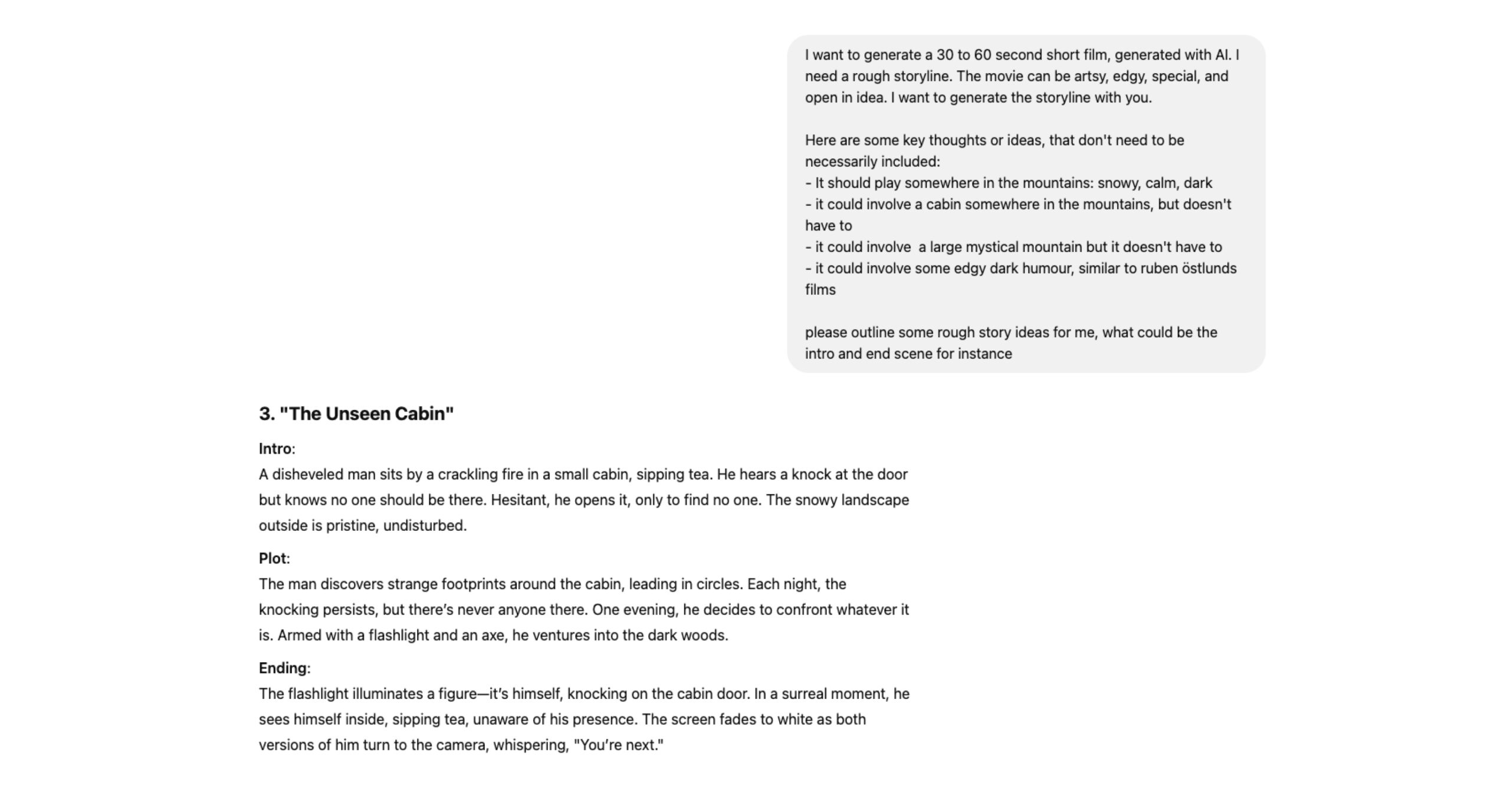
2 ––
Early tests with
image generation
First, image generation inside Runway was thoroughly tested, because it's free in the Runway subscription and offers several style presets, such as "cinematic" or "thriller". However, style consistency was pretty hard to achieve, and Runway struggled with the scale of objects in relation to each other. While Runway offers control about the prompt weight, negative prompts and seeds, it was difficult to use consistent styles and detailed prompting, such as defining sizes of objects.
3 ––
Switching to Midjourney
Midjourney v6.1 is a state-of-the-art AI image generation tool offering advanced features, including support for various image sizes, a raw mode for training individual styles, and customizable settings for stylization, weirdness, and variety. It also allows the use of character and style references, making it easier to apply a consistent style across multiple generated images.
Midjourney uniquely offers an Editor, allowing custom changes to generated images without the need to regenerate them entirely. This feature has proven invaluable for removing unwanted details and improving character consistency across images.
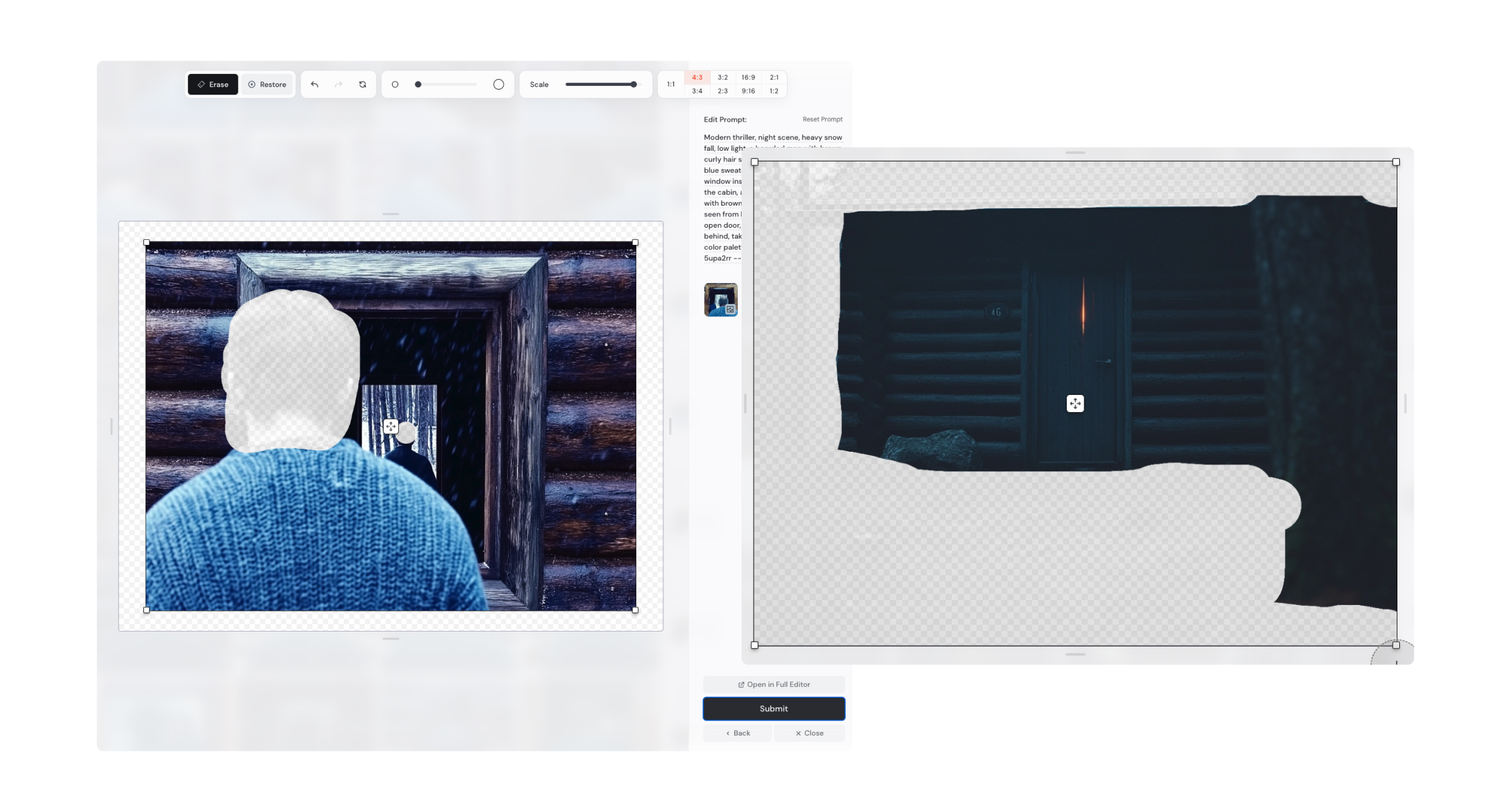
4 ––
Still images to
moving images
After the image generation and selection, the final images were imported into KREA.AI. KREA offers four video generation models: Hailuo, Luma, Runway, and Kling. Through thorough testing some major key aspects were discovered: Hailuo and Luma offered the best results and were accurate to the given prompt, while Runway had major issues with consistent style. Runway tends to often slap on its specific style, no matter how the image style looks like. Also, Runway doesn't allow custom frame formats, such as the chosen 4:3 format, and forces the use of classic vertical and landscape formats. On the other hand, Kling didn't work a single time and led to numerous errors. The final result consists therefore of 70% Luma, 15% Hailuo, and 5% Runway generated videos.
5 ––
Extending shots
KREA provides an option to extend video generation shots from 5 to 10 seconds across all models. While this feature could have been useful for many shots in this project, it often malfunctioned, duplicating the same 5 seconds without any transition instead of extending it properly. As a result, the feature became unusable, and clip extensions were instead fixed in post-production using an ML model in Final Cut Pro X.

6 ––
Generating soundtrack and sound effects
The soundtrack for "Woods" was fully AI generated as well, using version v4.0 of Suno. Using a tailored prompt, Suno allowed the generation of 10 individual soundtrack songs without costs, of which one was chosen for the final film. The sound effects, however, were added manually, without using any form of Artificial Intelligence.



